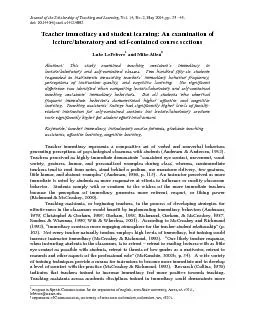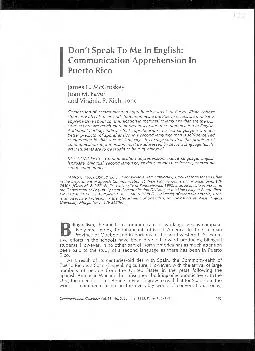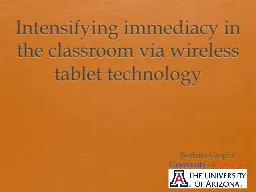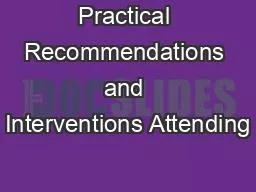PDF-Wanzer & McCroskey, 1998). Moreover, students attending the self-conta
Author : tatiana-dople | Published Date : 2017-01-10
director interpersonal closeness sensory stimulation and signal warmth and friendliness Kearney Plax WendtWasco 1985 Nonverbal immediacy behaviors such as eye gaze
Presentation Embed Code
Download Presentation
Download Presentation The PPT/PDF document "Wanzer & McCroskey, 1998). Moreover, stu..." is the property of its rightful owner. Permission is granted to download and print the materials on this website for personal, non-commercial use only, and to display it on your personal computer provided you do not modify the materials and that you retain all copyright notices contained in the materials. By downloading content from our website, you accept the terms of this agreement.
Wanzer & McCroskey, 1998). Moreover, students attending the self-conta: Transcript
Download Rules Of Document
"Wanzer & McCroskey, 1998). Moreover, students attending the self-conta"The content belongs to its owner. You may download and print it for personal use, without modification, and keep all copyright notices. By downloading, you agree to these terms.
Related Documents














